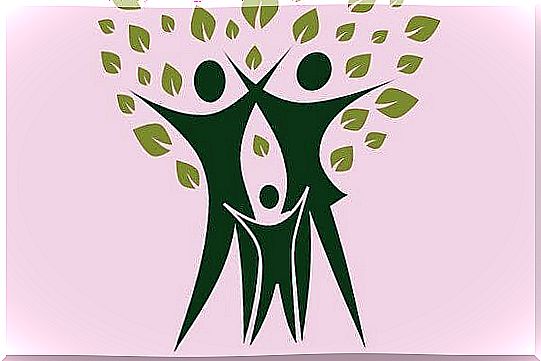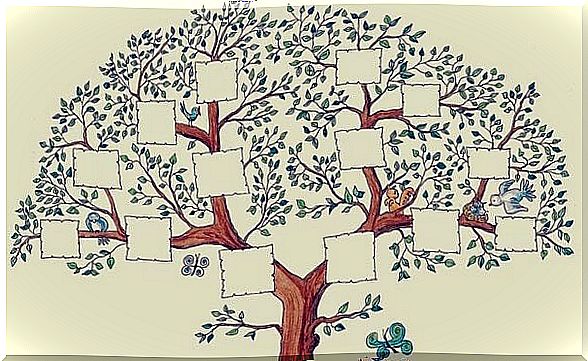Family Trees: What Can You Learn From Them?
Family trees were first used to track information about the origin of people’s family. In the past, they were only used to prove the purity of a family’s ancestors or the grandeur of their past.
Today things have changed. Family trees have become a tool for self-discovery. Unfortunately, not many families keep information about their past and do not share it with the next generations. Sometimes it is not easy to get information about the family roots.
Family trees can be a wealth of information for understanding who we are and why we are the way we are. The information it provides is holistic. That is, it allows us to make connections between the past, present and future. We all come from a history that has grown over the centuries. We are also each a step into the future. A family tree can help us clarify all this.
Pedigrees and your family
Family is not just a factor in your life. It is the essence of who you are, regardless of the type of bond you have with your family. He was there before you were born and he will stay after you leave. We all bear his unique seal, even in the event of abandonment or disappearance. In fact, that absence can be one of the biggest defining features of your life.

A family tree helps us build an emotional memory. Emotional memory is a cluster of past experiences that influence our behavior. Much of this memory is not expressed consciously. Sometimes it is just composed of impressions, opinions, attitudes… Impressions that are manifested but whose origin is unknown.
Families consciously or unconsciously pass on their guilt, fears, taboos and explanations. Your family history is like a novel of which you are a chapter. But how can I understand or make sense of this chapter if I haven’t read the rest?
Important information in family trees
A family tree sometimes reveals unexpected information. Sometimes it’s not nearly as spectacular, but that doesn’t make it any less important. It’s not so much about creating the family tree, it’s about interpreting it. Pay special attention to certain pieces of information here. The following information is of particular importance:
- The age difference between siblings. There are no formulas for this. But the age between siblings is a determinant of one’s psychological structure. Basically, it determines the relationship you have with money, possessions and territory (physical and emotional).
- Double descent. Our parents are the confluence of two great family traditions. But one is always more present than the other. Why? It’s really important information. Any lack of information about our grandparents is too. These empty spaces tend to hide important elements. You also want to know if anyone else in the family has your name. If so, you are part of an unresolved narcissistic conflict.
- Repeated elements. This includes facts that occur more than once, such as the age at which people got married or had their first children, jobs or other business. Usually these repetitions indicate an unconscious script. Finishing these reps will move you forward.
- The causes of death in your family. It is important to find out how your ancestors died. If there were accidents or suicides, this information should be examined in detail. Deaths from cardiac, respiratory, or immunological problems indicate strong emotional components.

Conclusion
In a novel, some facts are told, but many others are just between the lines. Some words are said and others are not said. The same goes for families. A family tree is an opportunity to rewrite history. Discover and describe the traces of your origin. Learn more about yourself.









